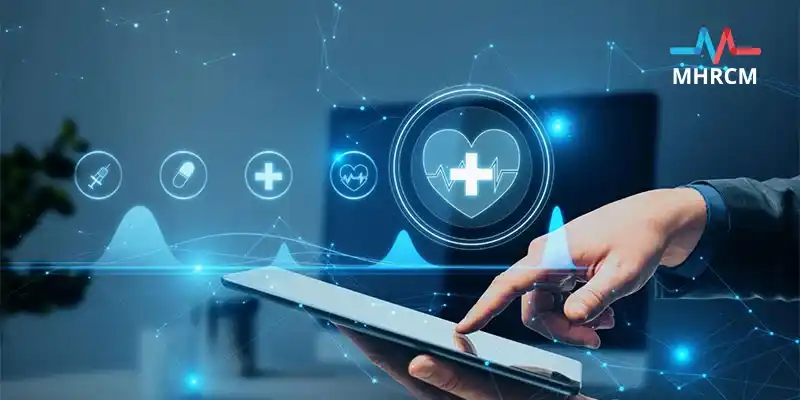Healthcare with best-in-class treatment and practice can strategically perform and maintain a good relationship with patients, but how about finances and revenue? As a healthcare provider or hospital owner, if you don’t know what is happening in your healthcare at the back office in terms of billing and account receivable, how can you expect to determine and ensure the financial status of your organization?

Why are Key Performance Indicators (KPIs) Required in Healthcare Revenue Cycle?
Using key performance indicators in medical billing will put cold to hard numbers on your healthcare facility’s billing and revenue performance. Medical billing KPIs help you break down each billing component into a quantifiable element. Based on accurate performance reports, your healthcare can gauge how well your practice is pursuing your goals and the pitfall areas you need to focus on. When your KPIs are on a positive trend, it means your healthcare is on the path to effective revenue cycle management.
Top Medical Billing KPIs that Your Healthcare Should Focus on
Data Collection by Front End
Focus More on Bad Debts Rate
Account Receivable Days (A/R Days)
KPI: The 0-60 percentage
Gross Collection Rate
Net Collection Rate
Unbilled Claims Percentage
The Possible Solutions – Bottom Line
Streamlining the medical billing process with the above KPIs is imperative to ensure your healthcare’s cash flow and patient experience.With our medical billing & coding services, you have complete control and advantage of your facilities to see your key performance indicators for healthcare revenue cycle on a single screen.
Work with MHRCM to ensure quality medical KPI tracking with front-end to back-end revenue cycle management process that provides all features and analytics to maintain complete healthcare administrative and clinical processes.
Related Resource :
About the Author





